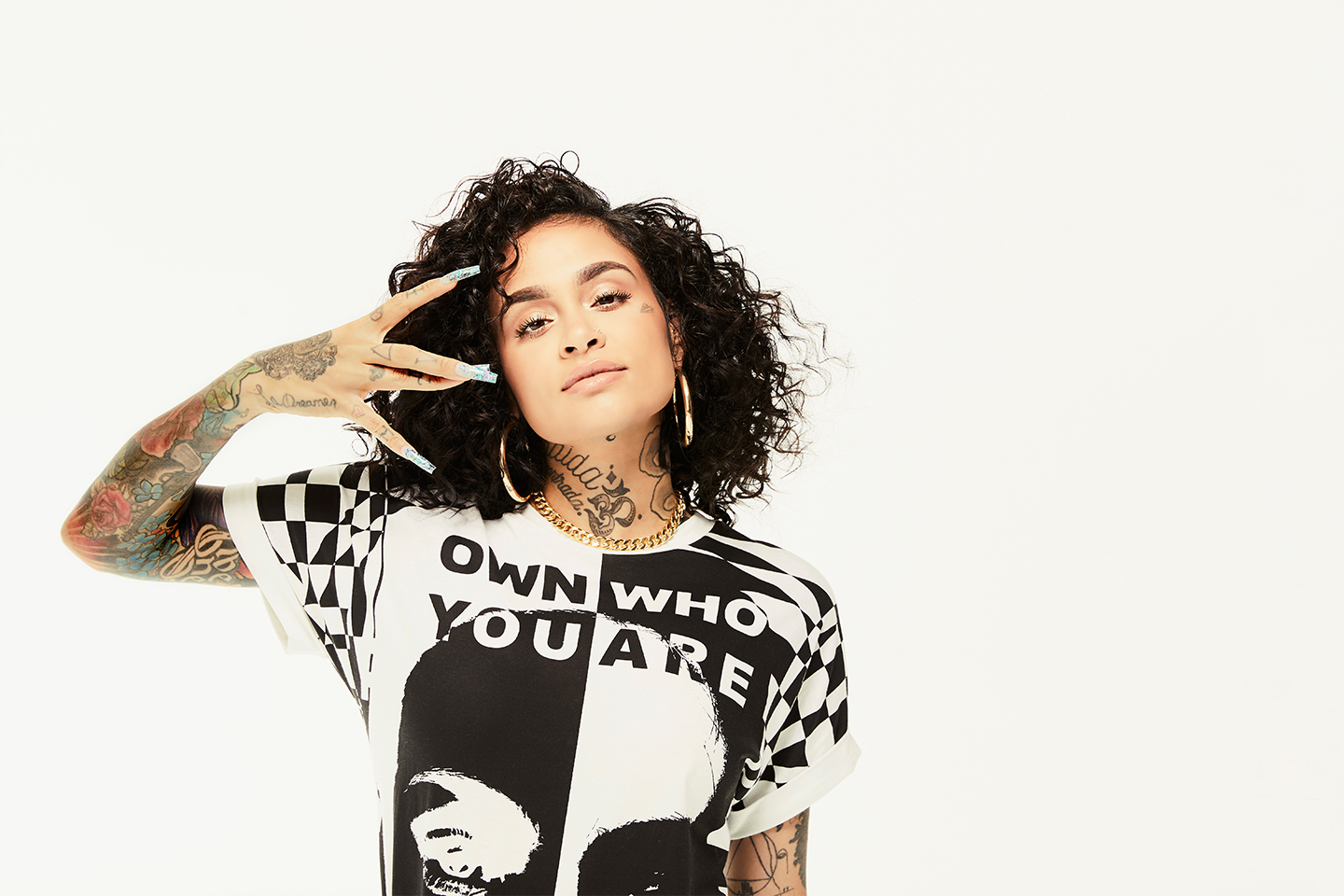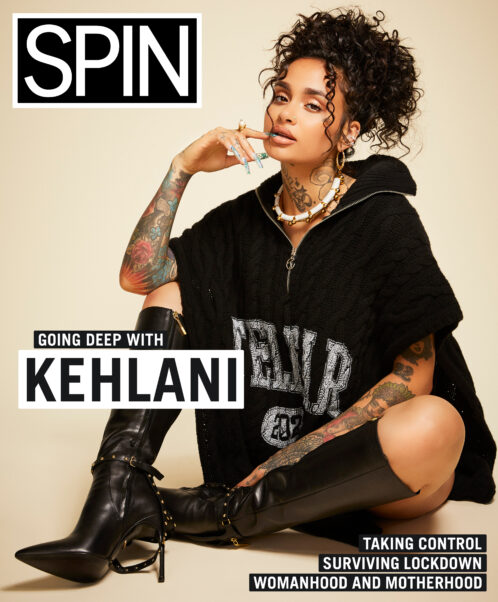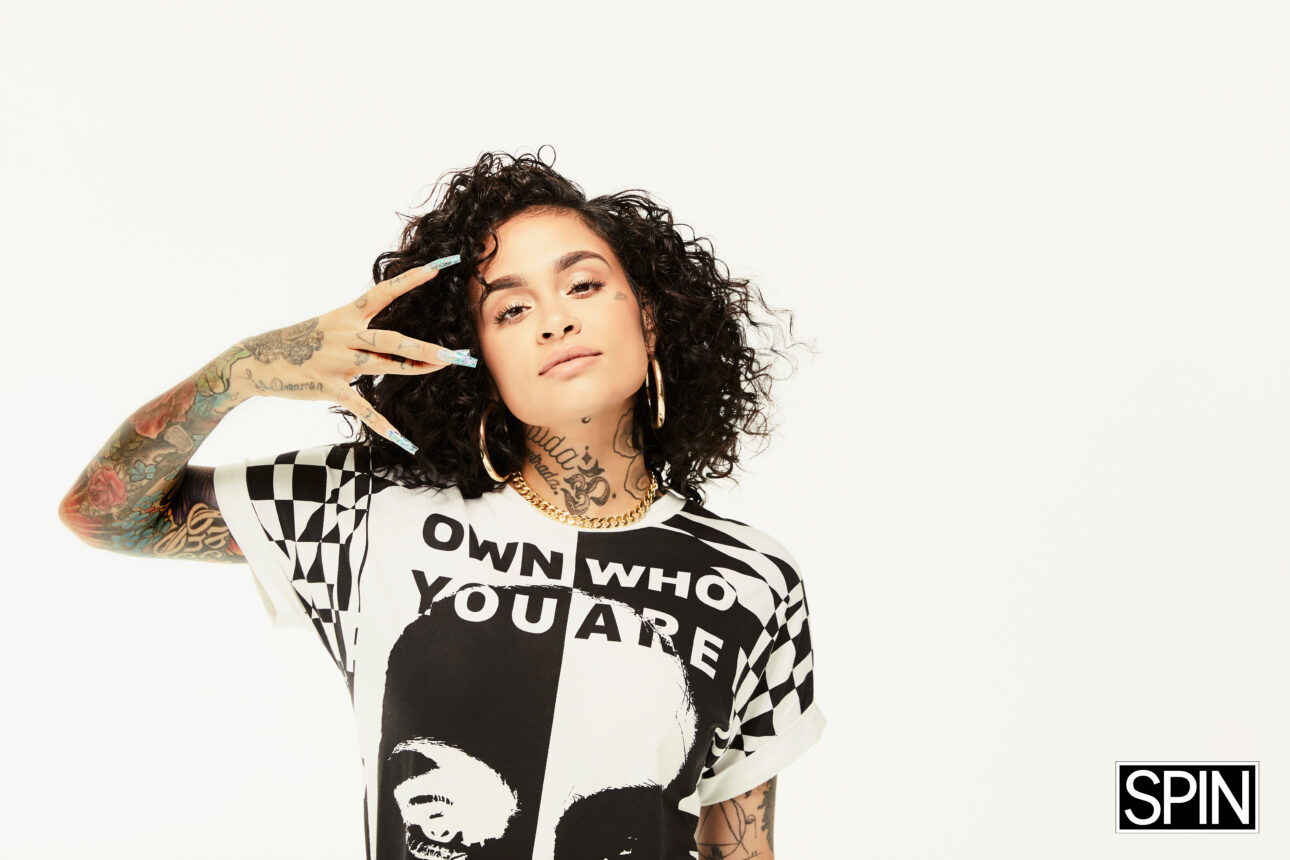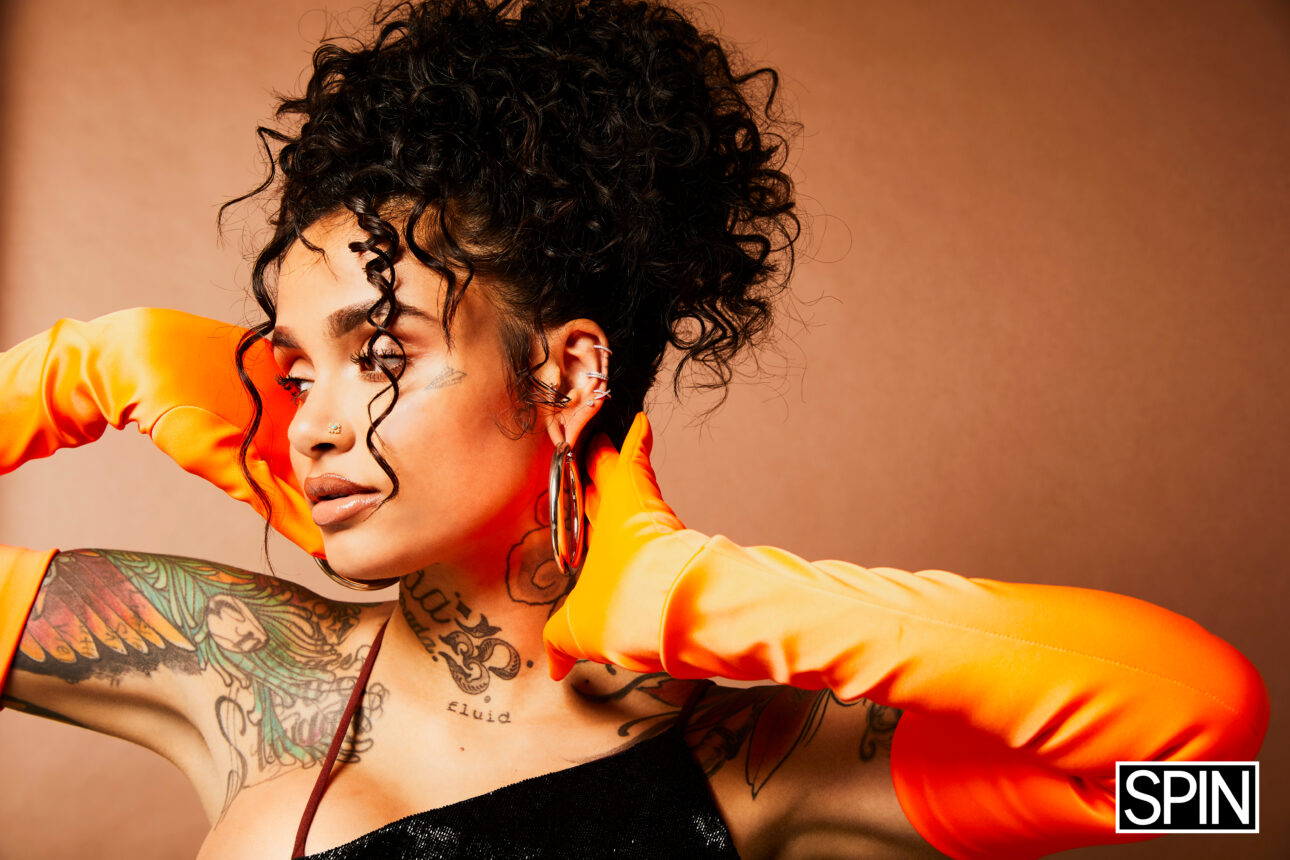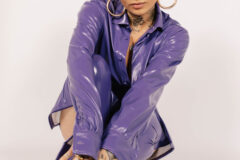“I couldn’t stop asking questions. I even left the new art thing my grandmother got me—those little airbrush pens all the kids wanted. I left them on the bus because I was asking so many questions,” she says with a laugh. “It’s funny, growing up in the Bay I was so little seeing so many uprisings. It was so normal.”
It’s a Thursday afternoon in July, and Kehlani and I are on Zoom diving into the Icebreaker Deck, a card game that takes intimate interrogations on dating, sex, love, and life and spreads them across several categories: “Random,” “Deep,” “Would You Rather,” “If You Could.” It’s the type of game you can really only play with someone who’s an open book, and Kehlani is as transparent as they come.
Anyone who’s listened to a Kehlani record or followed the 25-year-old online knows her earnest, unguarded presence. With her clear-eyed musings of romantic yearning, sexual freedom, heartbreak, self-love, and mental wellness, she’s become the patron saint of introspection for a generation of R&B fans. And her social media favors blunt honesty over spin. Naturally, during our virtual hang, Kehlani prefers the cards that go deep into her mind.
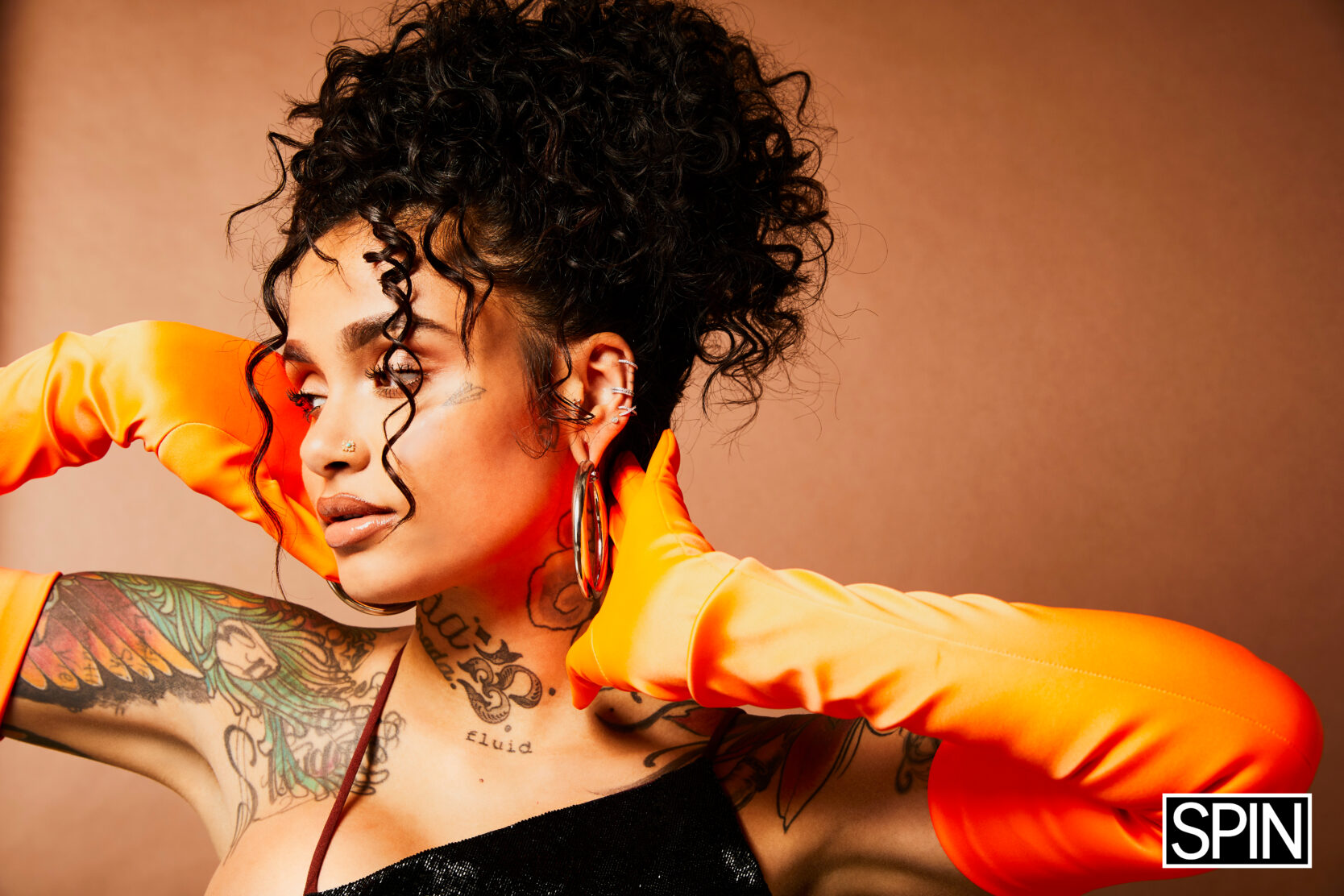
It’s fitting that the first card I pull — What’s your most powerful and vivid memory? — sparks a recollection of protest. For the last few months, Kehlani has been promoting her second studio album, It Was Good Until It Wasn’t, while the country feels like it’s on fire.
A pandemic is ravaging our lives and crippling the economy; we’re enervated by an election that’s as critical as it is bizarre; an impeached president is aggressively fanning the flames of racial division as Black and brown men and women are policed by their neighbors and killed by police without consequence. Across the globe, people are putting their lives on the line to demand justice and equity in the fight for Black lives, and the air is thick with tension, anxiety, and fear. We’re all just ready to get to the other side of this, whatever that looks like.
Kehlani captures that duality on the album art she shot in her backyard while under lockdown earlier this spring. On the front, she’s standing on tiptoes, trying to catch a glimpse of life on the other side of her concrete wall. Flip over the cover and you see her face, frozen in horror that the other side is just as wrecked as what’s behind her.
That feeling of uncertainty was prevalent when I first met Kehlani three and a half years ago. It was the eve of her major-label debut, 2017’s SweetSexySavage, and I was spending a few days with her for a profile. On the morning President Trump was inaugurated, we sat together for an interview that veered into a therapy session, sharing our fears and anxieties as two young, queer people of color watching the country shift before our eyes. In the years since, those fears have been realized by Trump’s ongoing war on queer, trans, indigenous, Black, Hispanic, and Latino communities. And here she is, again, releasing an album at a time when things feel so far from good.
The idea of getting to the other side — and the healing and joy that comes with it — is the core of It Was Good Until It Wasn’t, which came out in May to critical acclaim and hit No. 1 on the Billboard R&B charts.
Dropping new music during a global pandemic is risky for any artist—especially one orbiting mainstream pop—but it was an intentional move for Kehlani. She sees herself in service to her community, and getting these songs to her fans was more important than the promo circuit — so instead of waiting, as her label would have preferred, Kehlani took on the challenge of rolling out the album while isolated at home.
“If I was [following] the plan I had before the quarantine, I’d probably look back and be like, ‘We shot some sick-ass visuals and spent way too much fucking money for videos that people watched two [or] three times,’” she says on our call. “I want to be able to look back and be like ‘Damn, I did some shit that I think is so tight’…and I’m a 25-year-old mom doing this shit out the crib while taking care of my daughter, my siblings, my mother, and my friends. That shit is so tight to me.”
Kehlani is seated at a desk inside the garage of her Northridge home, nursing a homemade iced coffee her assistant brought her before leaving us alone. She’s dressed in a blue and white Kani shirt, and a silk head wrap is keeping her edges laid down for the music video she’s shooting later in the evening. I sip rosé as she takes me on a virtual tour of the garage that’s become headquarters for her Honey Shot Productions. There’s some recording equipment in one corner. Another section is reserved for photoshoots, and the laptop she’s broadcasting from is the one she’s used to edit all the videos she’s shot around her house.
She’s actually in the middle of packing everything up and graciously apologizes for the boxes as if I was there having to maneuver them. Kehlani has always dreamed of owning land for her and her family, and after spending much of quarantine thinking about life on the other side of the pandemic, she decided it was finally time to get closer to that dream. A few weeks ago, she bought a small farm in Simi Valley. There’s enough acreage to fit four or five homes, and she’s tackling the acquisition the way she’s approached her album rollout: by rolling up her sleeves and putting in the work herself, learning along the way.
“I’m at that point where I was able to make a decision on if it was time to follow my goals that are bigger than music, which is service to the community,” she says. “I want to create land-owning opportunities and land-working opportunities for young people of color. So I’m going to invite all my homies who are interested to come learn with me. We’ll build this up together, and it’ll be ours and we will slowly start to invite people to come work with us and build with us. And then we can all start purchasing, hopefully, to give to other people and communities in need.”
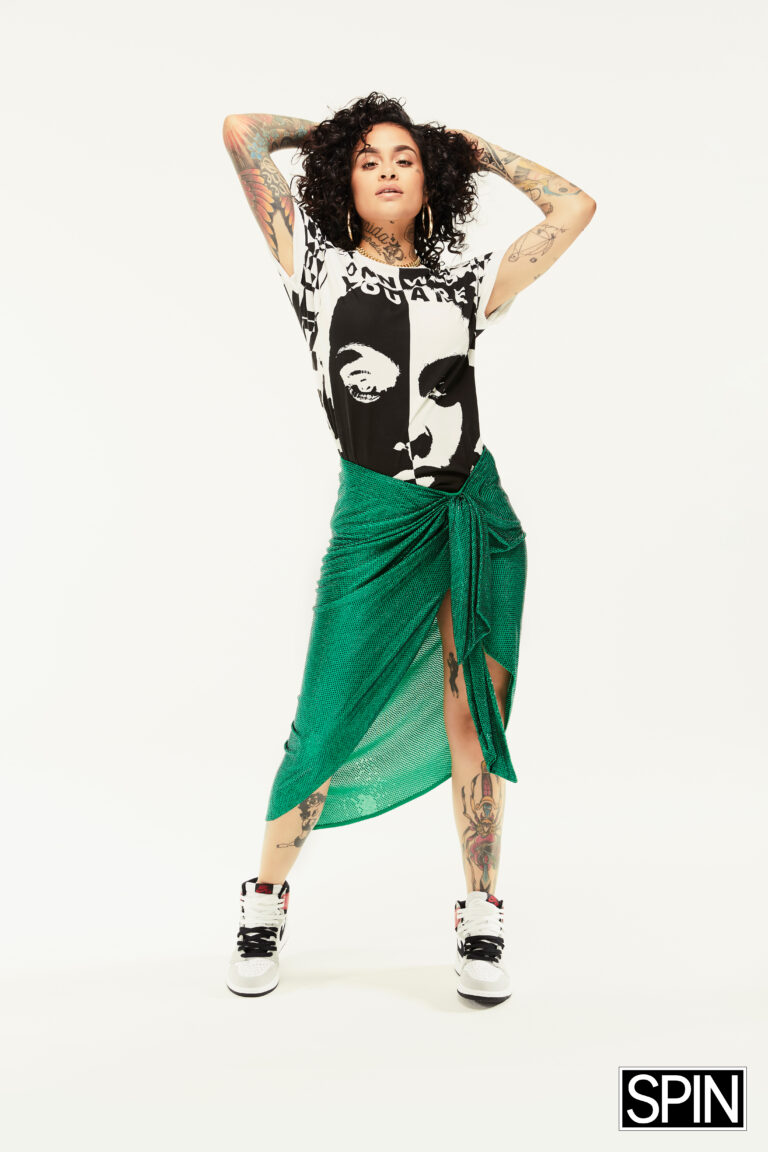
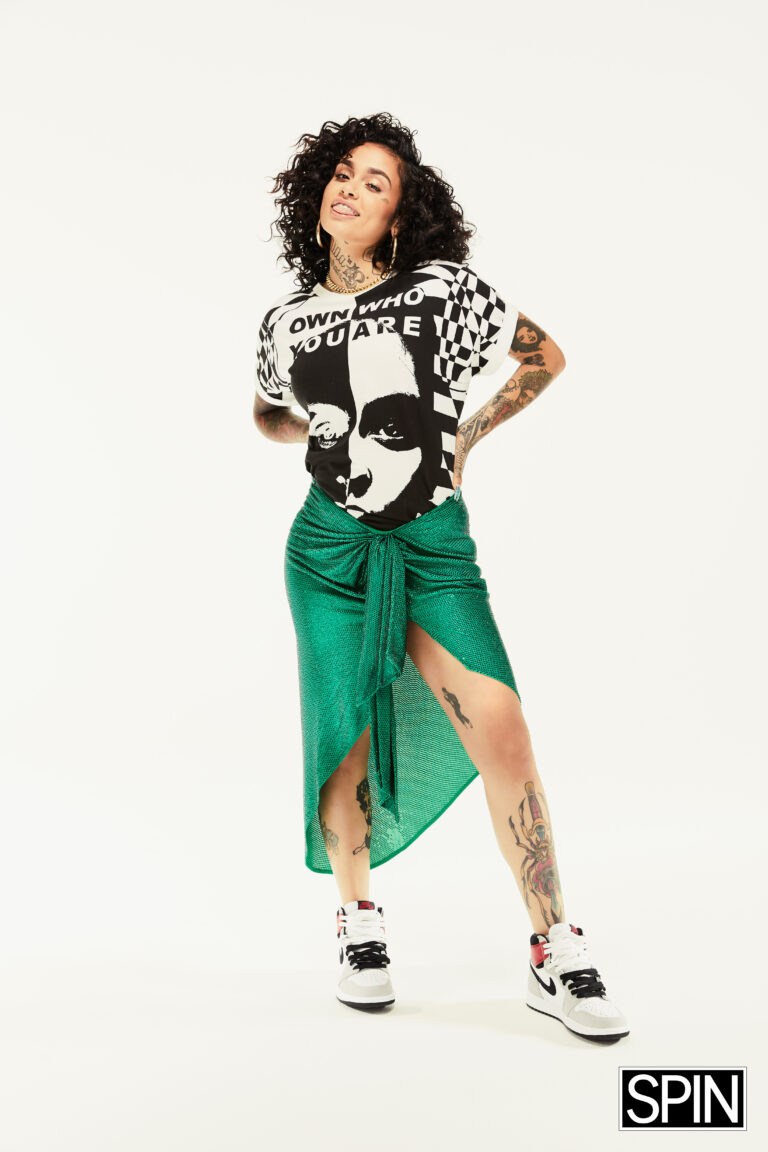
I pull the next card and hold it up to the screen. What was the hardest decision you’ve ever had to make?
“A hard decision has been not to go and rush and have another baby,” she answers with a laugh. “That is a hard decision because I want to have so many kids, but now I’m at the point where I have to be so logical. Like, look where the road is headed. Look at how the government is thinking about us and considering us. Look at the resources we’ve been having to use. My main source of income has now become non-existent. Touring is where artists make all their money, and we don’t know when that’s ever coming back. And being someone that skipped all of touring from my last project, because I was pregnant — this was supposed to be my get-back year.”
If we weren’t on lockdown, you’d be between on the road with Justin Bieber. How would you be spending your off days?
“A couple days to myself? I would split my time and hit a museum of some sort,” she says. “What was going to be so dope about that tour was I really enjoy being the opening act because you get so much space and room. You do your show and then you’re done, and you get to watch another show to be inspired by or take notes from. You get to watch something that feeds you every night. So I was excited to watch someone that was such a great performer and then have my off days where, because it wasn’t my tour, I could be more relaxed.”
Where’s your head at about touring next year? Are you thinking about it?
“Everybody is on the ‘I’ll cross the bridge when it comes’ conversation. I don’t think anybody truly knows,” she says. “At first, it was, ‘Touring’s coming back in the winter.’ Then it was, ‘There’s going to be a second wave of the virus that’s going to hit when it’s colder when people are more susceptible to getting sick.’ And then it’s, ‘Okay, we’re thinking next spring…next winter.’ I have no concept of when that aspect of my career will be rolling back around. And I don’t know if this is bad of me to say, but I would rather us focus on how to make school a more accessible, safe thing for the kids. That should be our first priority. Even though touring is such a great source of joy, I feel like there’s so many more essential things that need to be brought back and fully figured out before we throw thousands of people in a room to get sweaty and stand inches away from each other.”
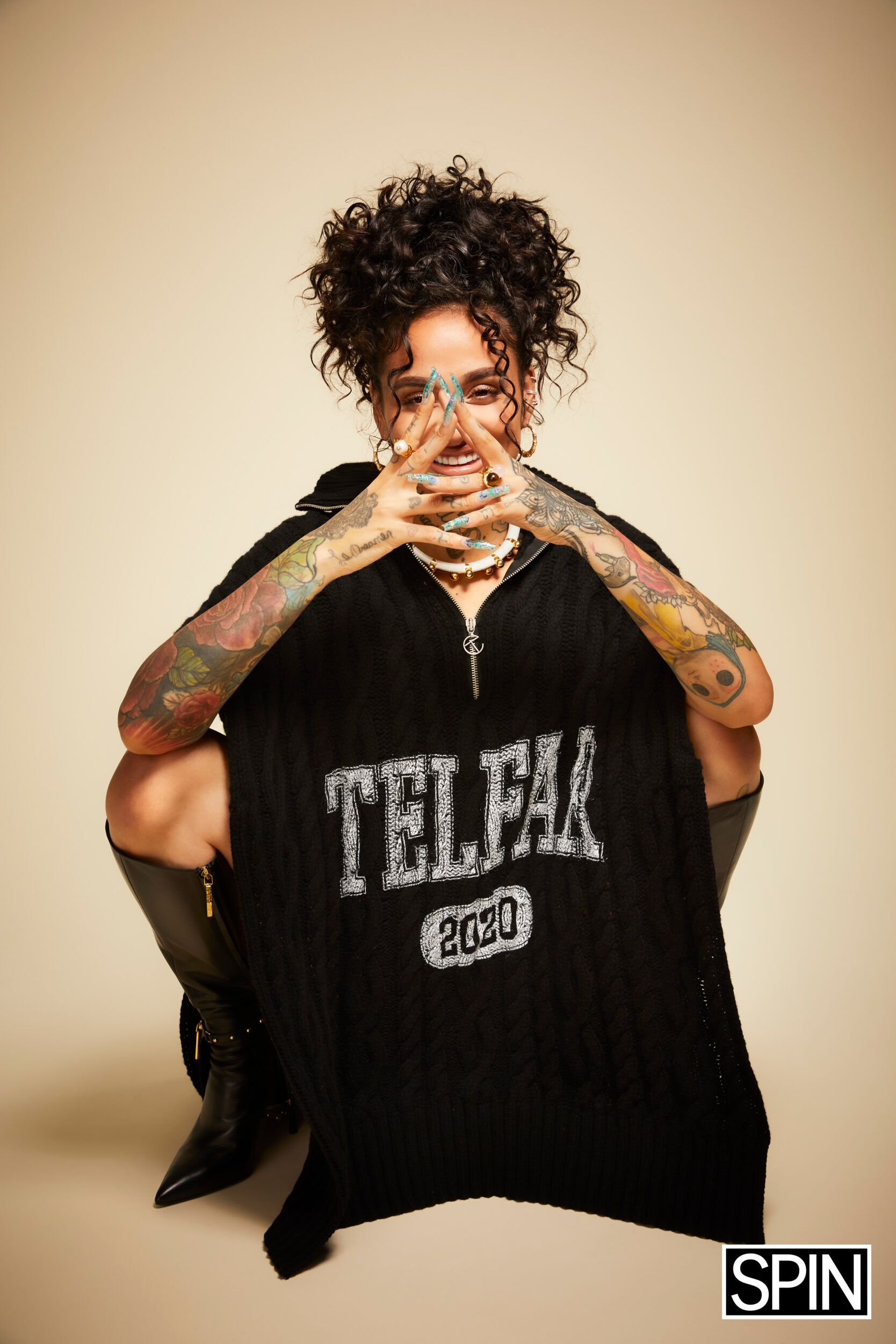
Kehlani Ashley Parrish was born in Oakland, and her childhood was marked by trauma. Both parents struggled with addiction — her father was caught up in the streets, and her mom was in and out of jail. She’s a year older now than her dad was when he died, shortly after she was born. Kehlani bounced around foster care before her aunt dropped out of school to raise her. Dancing and music became an outlet: She enrolled at Oakland’s School for the Arts, and at 14 she had landed a spot in cover band PopLyfe. The group made it to America’s Got Talent and placed fourth, but the thrill was short-lived when she got a taste of the shadier side of the industry.
“I was seeing the effects of what music can do — how it can be healing and beautiful and bring people joy…but on the flip side, there was this ugliness. I saw the greed and the He-Mans that were willing to fuck over children,” she recalls. “I was 16 years old and brought my contract to this table full of grown-ass people like, ‘What the fuck is going on?’ Like, ‘We’re supposed to be family.'”
The experience threw her off, but reconnecting with Nick Cannon got her music career back on track. Cannon, who hosted America’s Got Talent the season Kehlani competed, became a mentor. He put her up in an apartment and funded the studio time that helped her make 2014’s Cloud 19, the first of two mixtapes she dropped that featured her reverent updates of early 2000s neo-soul and TRL-era pop. Her songs were about the rush of a first crush, kisses that lingered like warm honey, falling in and out and love—and all the feels in-between. Kehlani was making straightforward R&B for those who grew up loving Brandy and Britney Spears. Her music was bright, bubbly, danceable, and super infectious. She signed with Atlantic Records, and her second mixtape, 2015’s You Should Be Here, raced up Billboard’s R&B chart and landed her a Grammy nomination.
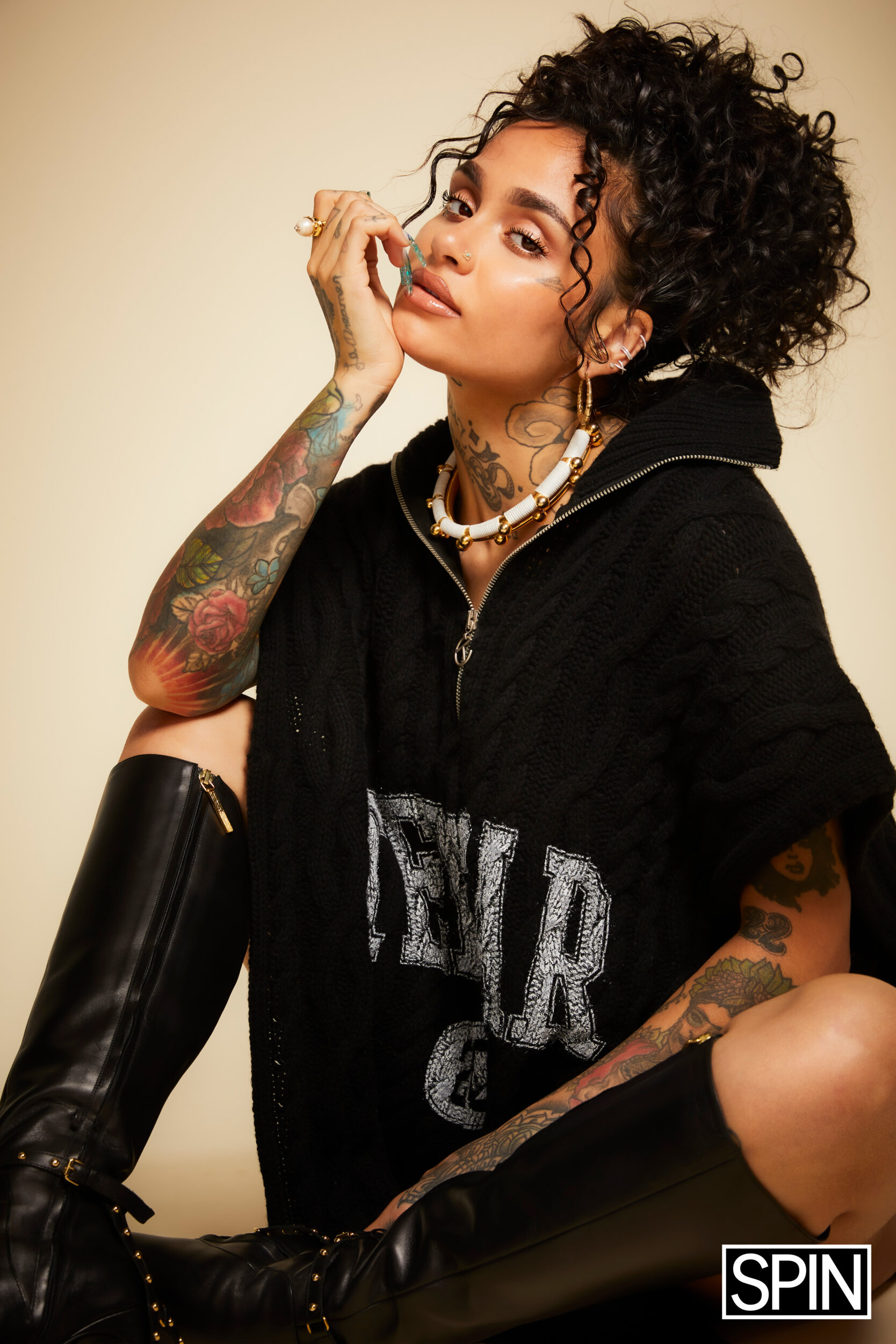
Kehlani’s star was on the rise, and with it came a great deal of interest in her personal life. She grew up in the age of social media, so she knew whatever she did or who she dated would be up for scrutiny. But as one of the few queer women of color in R&B/pop, she wasn’t actually prepared for the intensity of the coverage she’d face. Blogs that never bothered to write about her music wrote about her love life with aplomb after she was accused of cheating. Suddenly, strangers were on her Gram attacking her, even accusing her of queer-baiting.
The constant bullying overshadowed her music, pulling Kehlani into a darkness that resulted in an attempt on her own life in 2016. She made the effervescent SweetSexySavage while still clawing her way out of the shadows. She wasn’t fully ready yet, nor was the album—but this is still the music business, and deadlines are deadlines.
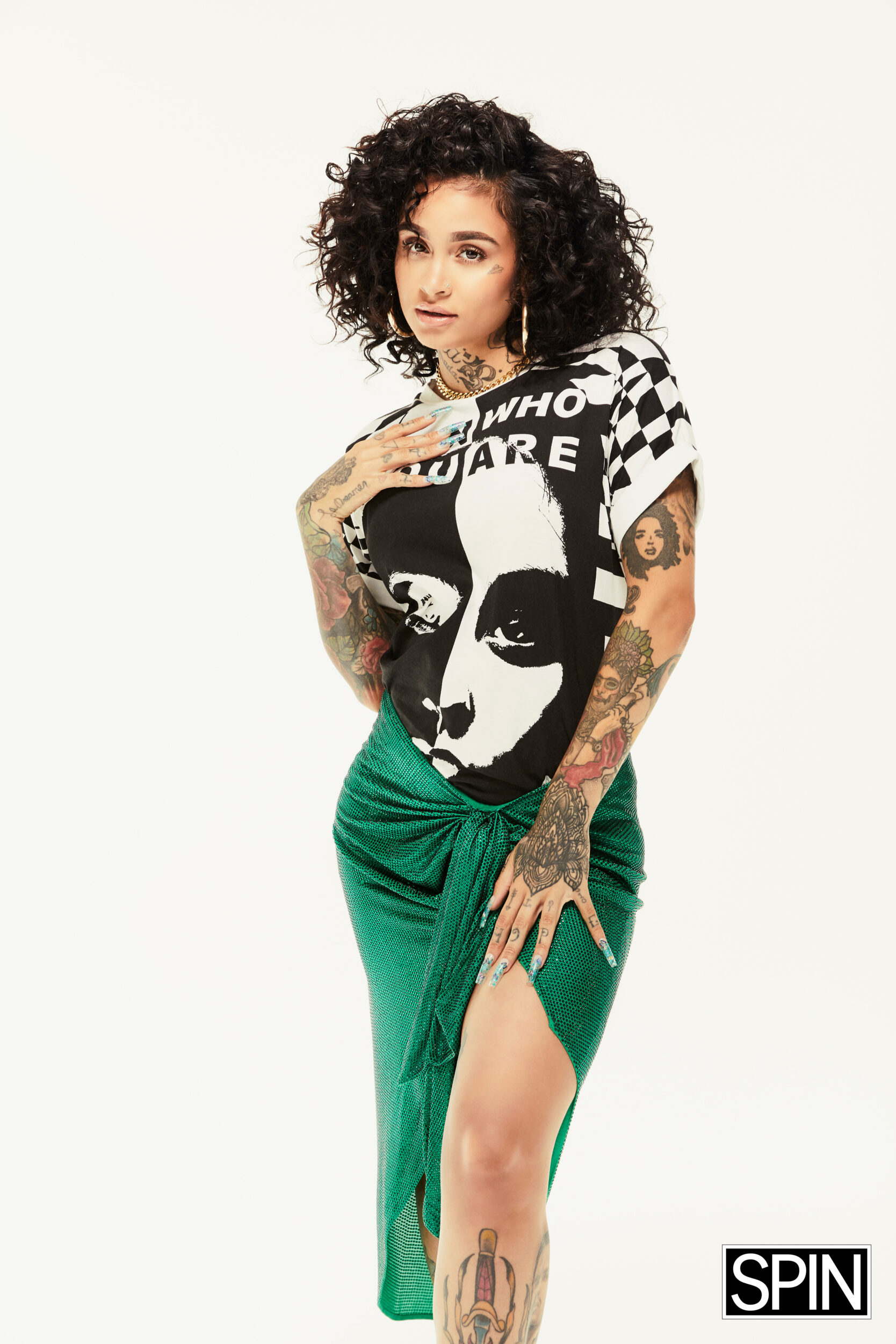
It was all a critical turning point for Kehlani that helped her reprioritize what she wanted out of her life and career.
“Everything hit me. Life can just change in a moment. You know what I’m saying? Life can be over in a moment,” she says. “If you are blessed enough to come out of that, you have to take life by the reins and do this shit how you can design it.”
A warmth radiates from Kehlani, even when she’s talking about the people and things that have hurt her. It’s why so many have taken to her confessional records or gotten her lyrics or her visage inked into their flesh. In a time of strategic oversharing, she’s the rare pop star unapologetically wearing her feelings because it’s who she is—not who she’s building a persona around.
She’s ready for the next card and tells me to pull a deep one. What’s one thing you did that you wish you could go back and undo?
“Oversharing,” she says with a sigh. “I let people know I was vulnerable so much that I left myself open for a lot of attacks in different forms: spiritual attack, mental attack, even physical. I had to relocate and get security and all types of things. On the flip side, that has allowed me to have a relationship with the people that support me in a very unique way where I know they really care about me. I’m growing in front of millions of people. Openly. And it’s left for a lot of really fucking confusing moments where I’ve questioned if I was doing something because it was how I felt or if it was what the public wanted me to do. I have a hard time separating those things. But I’m here now, and I can’t take any of it back, and there are more blessings than there are hardships.”
It Was Good Until It Wasn’t is foremost an album about growth. Kehlani sees the world so much differently now that she’s a mother. Before she gave birth to her daughter Adeya Nomi last year, she dropped While We Wait, a stopgap project featuring a bunch of her friends that dug deep into the vulnerable, resilient R&B that defined her early mixtapes. The project held her fans over after she paused work on what would eventually become her latest album. By the time It Was Good Until It Wasn’t arrived, she had lost three of her closest friends to addiction and went through yet another painful public breakup that splashed her all over the blogs and Twitter.
“Kehlani’s growth from SweetSexySavage to It Was Good Until It Wasn’t is her journey of going from womanhood to motherhood,” her longtime manager David Ali says. “This is definitely one of her most grown and honest pieces of work.”
In the past, she would have channeled that pain into inspirational anthems of triumph. Instead, here, she chooses to wade through the emotional detritus and unpack her shit. Bright optimism takes a backseat to the clear-eyed understanding on It Was Good Until It Wasn’t. She languishes over the thought of running into an ex on the simmering “Hate the Club,” interrogates the loneliness of uncoupling with James Blake on “Grieving,” addresses the gossip of her love life directly on “Everybody Business,” sings about the carnal needs that spawn late-night texts to exes (the ones we love because of their toxicity), and explores how those needs often undo us. It’s the grown-est R&B album of the year and Kehlani’s most personal work yet — and it sounds particularly urgent amid the heightened intensity of months inside the house.
What’s powerful about It Was Good Until It Wasn’t is this sense that you’re singing from a newfound place of joy and healing. You almost sound like a different person.
“I’m just now getting to the point where I am starting to become more reclusive,” she says. “My last relationship was never meant to be public. A blog was like, “Listen, we’re going to share this one way or the fucking other, so if you would rather say it, cool. But we are going to come out.” We just wanted to exist in a relationship, but I’ve never hid myself. You can always tell what kind of love I’m going through, what I’m facing. The first mixtape was very youthful, [almost like a] fairy tale. You Should Be Here was me getting in the industry and experiencing all this weird shit…and my first album was after going through the most traumatic shit ever. I was trying to avoid singing about anything related to it because I hadn’t processed any of it, and by the time it came out I didn’t connect to whoever it was making those songs. I didn’t recognize that person. I was traumatized and triggered and depressed, and I had PTSD and severe anxiety attacks. Coming out of that and getting pregnant, I figured out how to stop being avoidant, and my music took this mature turn. SweetSexySavage was very, ‘Here’s what I’m going through, but I’m so strong. I’m going to make it out.’
“Then I went through this relationship that happened at such a pivotal point in my life,” she continues. “After having a baby I was getting back to myself and learning what it meant to be a mother and 24 and how that interacted with my youth. I had gotten more in touch with my body than I ever had been. And there were all these emotions and parallels to my parental situation in that relationship, and that’s where this music came from. There’s so many ways that I’m talking about love on this album —acknowledging the shittiness on both sides and how I interact with it. But people will probably be able to detail my love life for the rest of my life because of my albums.”
I pull another card from the deck and hold it up to the screen. What’s something you believed earlier in your career but think about differently now?
“I would say competition,” she admits. “If you would have told me back when I was sleeping on people’s couches or when I was stealing food from wherever the fuck that one day I would be as blessed as I am now, my little 17-year-old brain would be like, ‘Okay, but when they tag the top three R&B singers of all time, do they say your name every time?’ Competition is so forced on us, and I’m so happy that every young person out there has somebody to look to that they love, that they admire, that they take messages from, that they listen to, that soothe them. And I’m so happy that so many women exist in music at the same fucking time, especially women of color. But I think if everybody erased the idea that this is a sport, a lot of issues would be eradicated within the artistic community.”
How do you get in the way of your own success?
“Oh my God. I just actually got [an astrology] reading about this,” she says. “I have a really big problem stepping into my power. I do believe it’s because I’ve internalized so much. I always feel like I’m taking up space and like I’m overstepping a boundary in a situation or in an area I shouldn’t be. And I battle a lot with internalizing the opinions other people have of me. I can’t say I don’t read the comments…or that I don’t want to jump back when people jump at me.”
I hated a lot of the noise around you at the beginning of an album launch. So much of the narrative is “Kehlani is always in some drama.”
“Yeah, but you know what?” she says, leaning closer to the screen. “I made it so obvious that social media was a really big trigger. I feel like people know that that’s the best way to get at me. People I was very close to have used that to hurt me — people that know I see a therapist for social media-related PTSD or have seen me delete Twitter off my phone and give it to my assistant because spending 10 minutes there on the wrong day will send my week into triggers and all of a sudden I’m back in 2016. They know what sectors of Twitter would eat things up when they [post] something. I try to tell myself, ‘This is just another test.’ But yeah, everybody’s just like, ‘Kehlani’s always the victim, and she thinks she’s this great person all the time.’ And that triggers the fuck out of me.”
This is the first glimpse we have of the future for music fans, and it’s pretty bleak. Instead of the rush of dancing among a crowd of strangers, we’re now shoulder to shoulder in the car with whoever we’ve been quarantined with for the last five months, eating pre-packaged snacks and staying away from everybody else. There’s no pushing towards the bar between sets, bumping into old friends, or holding court in VIP. Instead, it’s parked cards and masked attendees trying to find the vibe inside rental cars that frequently interrupt her set with blaring horns whenever triggered by the drummer’s playing.
It’s not how you should experience any artist, let alone someone like Kehlani, whose voice lifts you into the heavens with its syrupy sweetness. Thankfully, most of us in the crowd can’t resist the urge to get out of our cars and drop it low (at a distance, of course).
“I’m gonna look back in 10 years like, ‘Do you remember when you had to shoot your album cover and you also did a drive-in performance because of coronavirus?’” she tells me before the show. “But I’m not looking at this from a place of what [I’ve] lost or how much harder [the pandemic] has made things for me. People are losing their lives, their family members. This virus doesn’t give a fuck…and I’m really fascinated with the fact that it’s intersected with all the enemies of our society that already existed.”
Had the pandemic not upended the world, Kehlani would have done the run of Bieber shows and then gone out on her own. Not being able to tour is devastating for an artist’s bottom line — and it made sense that her label balked at the idea of releasing an album when it’s impossible to promote it by traditional means. The planned videos were scrapped, and the album was put on hold.
But Kehlani found the green light herself: After getting a little tipsy off wine, she filmed a lo-fi visual for lean banger “Toxic” on her MacBook and uploaded it. The label told her she was free to do what she wanted but she’d be on her own. So she picked up a camera from Best Buy’s curbside pickup and taught herself Adobe Premiere Pro. She’s been quarantined with her photographer Bri Alysse, and together they’ve shot visuals for a third of the album for “basically nothing.”
After Kehlani mined all the locations in her house for subsequent videos, she safely filmed in other spots (an Airbnb and a Black-owned property in Burbank). She’s currently at work on a deluxe edition of the album, and Ali says there are a few surprises in store for this year. “Our main strategy has been going with the wave and not against it and allowing Kehlani to grow in her creativity,” he says of their plan.
When Kehlani logs off, she’s headed to shoot the visual to her slinky sex jam “Can I.” She tells me the visual will highlight sex workers who have seen their popularity — and their income — impacted by the recent rash of celebrity influencers joining OnlyFans. The concept of the video connects back to how Kehlani sees herself in service to her community, something she began taking seriously after reading an essay that made her see herself as a cultural worker, rather than an artist.
I pull one last card from the deck and hold it up for Kehlani to read. It’s another deep one: What’s one mistake you keep making? The question makes her burst into giggles.
“The mistake I keep making over and over again is being too open and too trusting,” she says. “I think I uphold people to the same standard I have for myself, which is entering into situations with honesty and a willingness to learn, be accountable, et cetera. But I end up in all these crazy situations — fallouts with friends, things going haywire. That’s something I have to get a grasp on soon. I’ve never been too good at protecting myself…so I’m working on developing more boundaries.”

